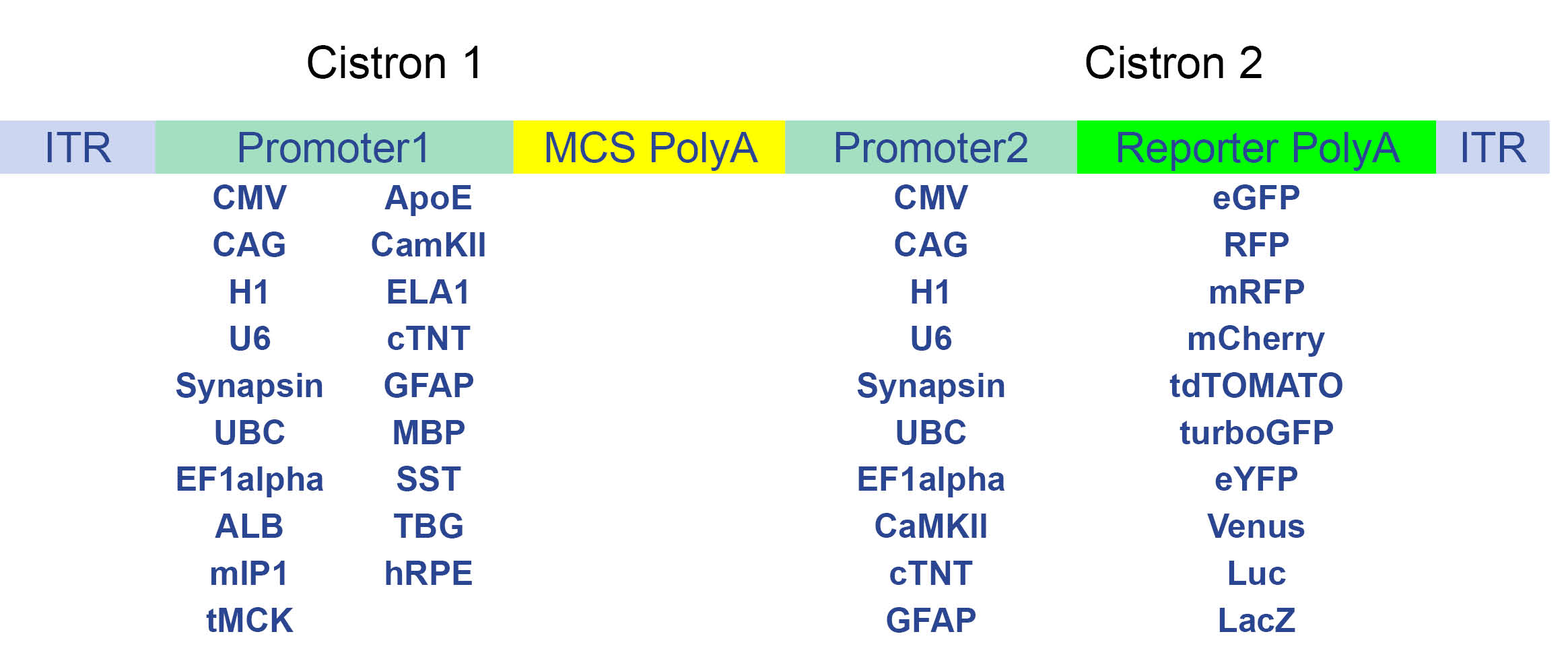To overcome current cell model limitations, bit.bio have developed a new, innovative technology to reprogram human stem cells with precise control of transcription factor expression through iPSC engineering.
You can already access human cells developed using this new technology through tebu-bio in Europe! But first, let’s take a look at the technology in detail. If you like, you can also discover the available products here.
Although tremendous progress has been made over the last few decades, cell therapies today are expensive and not particularly scalable. The development of new drugs has not kept up with the progress in biology. Most clinical trials fail because the drugs are either toxic or they do not work in human diseases. Human biology often proves to be distinct and sufficiently different from animal models and associated cell lines used for drug development. Human cells derived from induced pluripotent stem cells (iPSCs) provide an excellent platform for disease modelling and a scalable source of starting material for cell therapies.
However, widespread use of human iPSC-derived, mature cell types has been restricted by complex and suboptimal differentiation protocols and inefficient reprogramming methods. Cellular reprogramming, supported by a novel gene engineering approach, opti-oxTM, is able to overcome the traditional bottlenecks of their application: lack of consistency, purity and scalability.
New technologies for the consistent and scalable development of human cell types
Employing a combination of screening and machine learning, bit.bio has developed a high-throughput discovery platform to identify optimal transcription factor combinations for the direct reprogramming of target cell types. By applying opti-ox, bit.bio achieves controlled and unprecedented homogenous expression of identified transcription factors in all stem cells.
How does opti-ox technology work?
By applying a cellular reprogramming approach supported by a uniquely-engineered genetic switch, opti-ox™ (optimised inducible overexpression), bit.bio are able to overcome gene silencing and with it, the restrictions of inefficient cellular reprogramming. This proprietary technology enables tightly controlled expression of transcription factors and results in deterministic reprogramming of entire human iPSC cultures. To achieve this, bit.bio disassembles a Tet-ON switch into its two components and gene targets them into distinct genomic safe harbour sites. The result of this is unprecedented homogeneous, controllable expression of inducible transgenes in hiPSCs. When applied to the expression of reprogramming factors, this results in rapid, synchronous and highly defined reprogrammed cells. The resulting mature hiPSCs derived cells are functional within days and provide high quality cellular models with simple protocols.

Which products are available?
The first products developed using opti-ox and available through tebu-bio are the human iPSC-derived ioGlutamatergic Neurons and ioSkeletal Myocytes. Opti-ox technology can generate many cell types with high consistency and functionality at scale from human iPSCs, including those carrying disease-specific mutations, and more will be coming soon. These will include CNS cells, immune cells, and cells for toxicology and disease modelling.
Human iPSC-derived functional glutamatergic neurons
ioGlutamatergic Neurons have been generated from human iPSCs using NGN2-driven opti-ox reprogramming. Human stem cells, within days, convert into consistent, mature and functional glutamatergic neurons, validated for high-throughput screening. ioGlutamatergic Neurons provide a reliable human model for the study of neurological activity and a robust platform to advance CNS drug discovery programs in a relevant human cell type.
Human iPSc-derived functional skeletal myocytes
ioSkeletal Myocytes have been generated from human iPSCs using MYOD1-driven opti-ox reprogramming. Skeletal myocytes demonstrate robust expression of components of the contractile apparatus and form striated, multinucleated, myocytes by Day 10 post revival, that contract in response to acetylcholine. ioSkeletal Myocytes provide consistent and reliable human muscle cells for research, disease modelling and high throughput screening across areas such as muscle, neuromuscular, and associated metabolic disorders.
Any questions? We’ll be pleased to help, get in touch with us through your local tebu-bio office.
References
(1) “Inducible and Deterministic Forward Programming of Human Pluripotent Stem Cells into Neurons, Skeletal Myocytes, and Oligodendrocytes” Pawlowski et al., Stem Cell Report 2017 Apr 11; 8(4): 803–812. 10.1016/j.stemcr.2017.02.016



